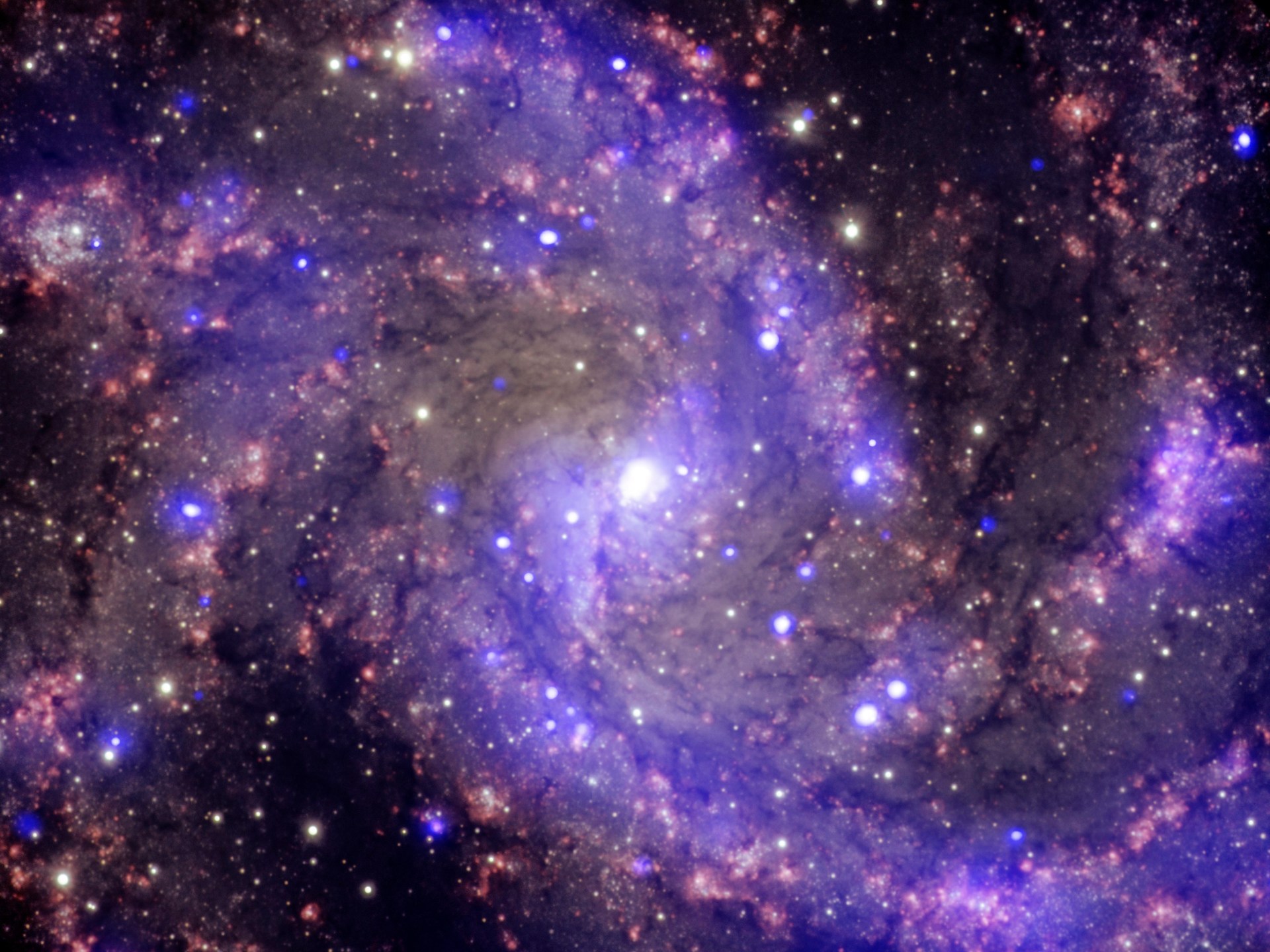
The explosion – AT2021lwx – is a fireball 100 times the size of our solar system and 10 times brighter than a supernova.
Astronomers have identified the largest cosmic explosion ever observed, a fireball 100 times the size of our solar system that suddenly began flaring up in the distant universe more than three years ago.
While astronomers on Friday provided what they believe is the most likely explanation for the outburst, they stressed that more research is needed to understand this puzzling phenomenon.
The explosion, known as AT2021lwx, has currently lasted more than three years, compared to most supernovae that only appear for a few months, according to a study published in the Monthly Notices of the Royal Astronomical Society.
Led by the University of Southampton, astronomers believe the blast is caused by a huge cloud of gas, possibly thousands of times more massive than our Sun, that has been severely disrupted by a supermassive black hole.
According to the study, the explosion occurred about 8 billion light-years away, when the universe was about 6 billion years old and still being detected by a network of telescopes.
Researchers say such events are very rare and nothing of this magnitude has been seen before.
Last year, astronomers witnessed the brightest burst on record — a gamma-ray burst known as GRB 221009A, dubbed BOAT — of the brightest of all time.
Although BOAT was brighter than AT2021lwx, it only lasted for a fraction of the time, which means that the total energy released by the AT2021lwx’s explosion was much greater.
AT2021lwx has earned the nickname “Scary Barbie” from researchers due to its “terrifying energy”.
According to Danny Milisavljevic, assistant professor of physics and astronomy at Purdue University, AT2021lwx was first assigned a random alphanumeric name upon its discovery: ZTF20abrbeie. The nickname “Scary Barbie” came from the alphanumeric designation “abrbeie” and “scary” because of her strength.
We first thought the AT2021lwx aka ZTF20abrbeie aka #ScaryBarbie It was a superluminous supernova from a massive star. But no theoretical models have come close to explaining the terrifying energy production that persists to this day. The supermassive black hole seems to be the only solution. pic.twitter.com/GldfFWltJc
– Danny Milisavljevic (@astro_dan_mil) April 26, 2023
AT2021lwx was first detected in 2020 by the Zwicky Transit Facility in California and then picked up by the Hawaii-based Terrestrial Shock Alert Last System (ATLAS).
But until now, the size of the explosion was not known.
“Most supernovae and tidal disturbance events only last for a couple of months before fading. For something to be bright for two years or more was immediately unusual,” said Philip Wiseman, a research fellow at the University of Southampton, who led the research.
It was only when astronomers, including Weismann, looked at it through more powerful telescopes that they realized what they had in store for them. By analyzing the different wavelengths of light, they determined that the explosion was about 8 billion light-years away. This is much further away than most other flashes of light in the sky, which means the explosion left behind must have been much larger.
It’s estimated to be about 2 trillion times brighter than the Sun, Wiseman said.
Astronomers have considered several possible explanations. One is that AT2021lwx is an exploding star – but the flash is 10 times brighter than any “supernova” previously seen.
Another possibility is a so-called tidal disruption event, when a star is torn apart when it is sucked into a supermassive black hole. But AT2021lwx is still about three times brighter than those events, and Wiseman said their research didn’t point in that direction.
The only bright cosmic event that is somewhat comparable is a quasar, which occurs when supermassive black holes devour massive amounts of gas at the center of galaxies. They tend to flicker in brightness, Wiseman said, while the AT2021lwx suddenly started flickering out of nothing three years ago and is still flickering.
“This thing we’ve never seen before — it just came out of nowhere,” Wiseman said.
Now that astronomers know what to look for, they are looking up at the sky to see if other similar bursts have been missed.

“Web maven. Infuriatingly humble beer geek. Bacon fanatic. Typical creator. Music expert.”





More Stories
Scientists confirm that monkeys do not have time to write Shakespeare: ScienceAlert
SpaceX launches 23 Starlink satellites from Florida (video and photos)
A new 3D map reveals strange, glowing filaments surrounding the supernova